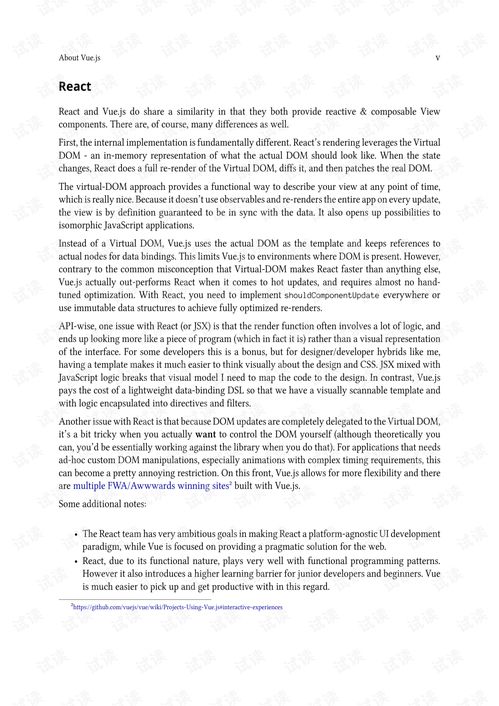The Art of Throwing a Hook: Essential Techniques for Perfect Fishing
Fishing, an age-old pastime that has captivated anglers across the globe, is not just about patience and luck; it's also a skill that requires precision and technique. One of the most crucial skills in fishing is learning how to properly throw a hook. Whether you're a seasoned angler or a beginner, mastering the art of throwing a hook can significantly enhance your fishing experience. In this article, we'll delve into the essential techniques for perfecting this fundamental skill.
Understanding the Basics
Before we dive into the techniques, it's important to understand the basics of hooking. A hook is the tool that attaches to your fishing line and is used to catch fish. It's designed to pierce the fish's mouth and hold on until you can safely release it. The right technique for throwing a hook can make or break your fishing success, so it's worth investing time in getting it right.
Choosing the Right Equipment

The first step in mastering the art of throwing a hook is to ensure you have the right equipment. This includes:
- A good quality fishing rod that is appropriate for the type of fishing you plan to do.
- High-quality fishing line that matches the strength and type of fish you're targeting.
- Appropriate lures or bait that attract the fish you want to catch.
The Proper Grip
The grip you use when holding the fishing rod is crucial. Here's how to do it correctly:
- Hold the rod with both hands, one hand near the handle and the other near the reel.
- Your dominant hand should be near the reel, while your non-dominant hand should be closer to the handle.
- Your grip should be firm but not tight, allowing you to control the rod without tiring your hands.
The Casting Motion
The casting motion is the heart of throwing a hook. Here's a step-by-step guide:
- Start by lifting the rod tip high, then slowly lower it to the side opposite your dominant hand, keeping the line tight.
- As you lower the rod, begin to move it back with your dominant hand while simultaneously moving the line forward with your non-dominant hand.
- Once the line is tight and the rod is fully back, snap your wrist and lower the rod forward with a smooth, controlled motion.
- The line should be released just as the rod reaches the forward position, allowing the lure or bait to fly through the air.
Maintaining Line Tension
Maintaining proper line tension is essential for a successful cast. Here's how to do it:
- Keep the line tight as you begin the casting motion.
- As the rod moves back, maintain tension by gently pulling on the line with your non-dominant hand.
- As the rod reaches the forward position, release the line to allow the lure to fly through the air.
Avoiding Common Mistakes
Several common mistakes can hinder your ability to throw a hook effectively. Here are a few to avoid:
- Casting too hard or too fast can cause the lure to fly too far or hit the water too hard.
- Not allowing the lure to settle properly before reeling can spook fish.
- Casting with a slack line can result in the lure landing in the wrong spot or not reaching the intended target.
Practicing Regularly
Like any skill, mastering the art of throwing a hook takes practice. Spend time casting in different conditions and with different lures to improve your technique. The more you practice, the more intuitive the process will become.
Conclusion
Throwing a hook is a fundamental skill in fishing that, when mastered, can greatly enhance your chances of catching fish. By choosing the right equipment, understanding the proper grip and casting motion, maintaining line tension, avoiding common mistakes, and practicing regularly, you'll be well on your way to becoming a proficient angler. So, the next time you head out to the water, remember these essential techniques and enjoy the rewarding experience of fishing. Happy casting!












